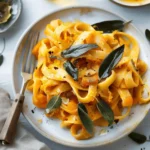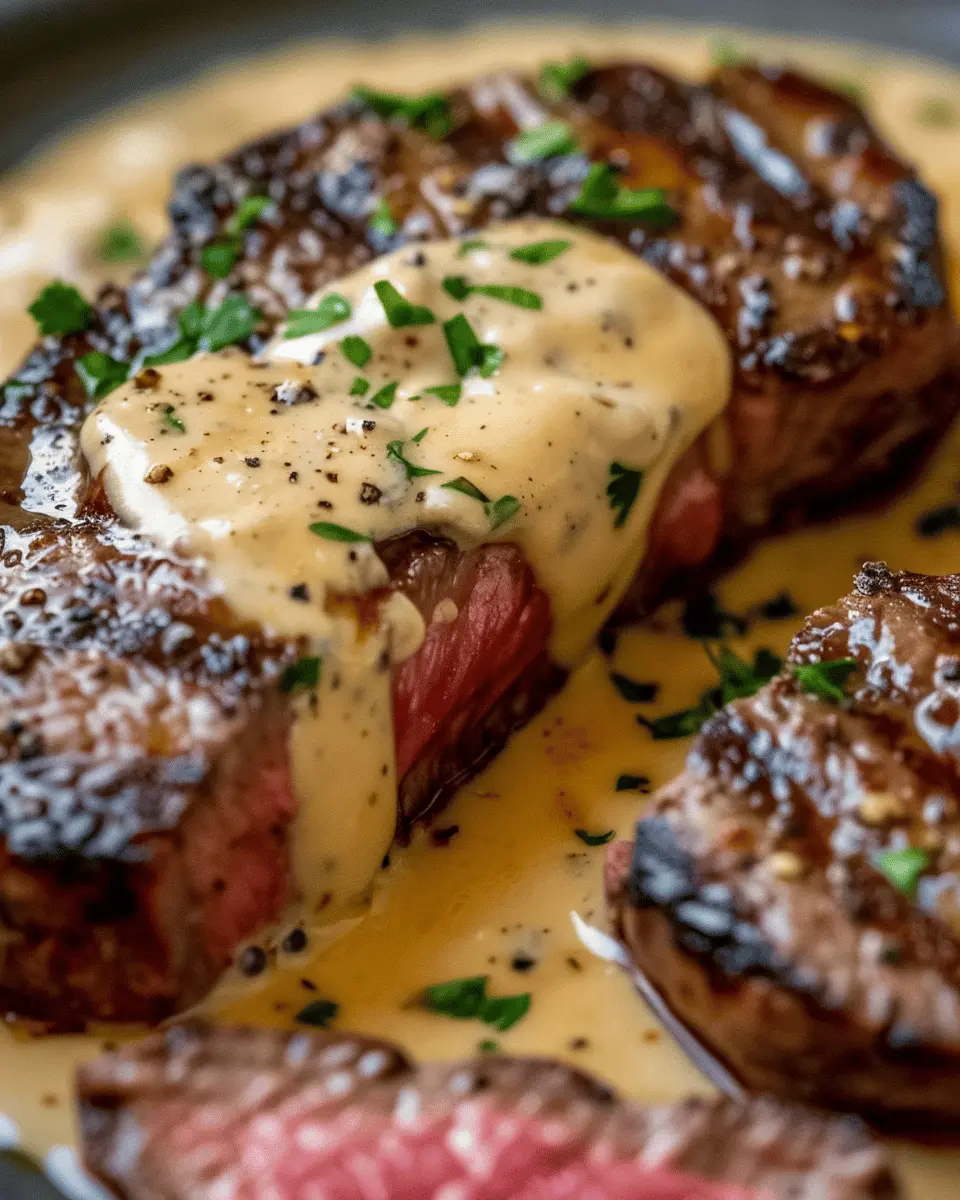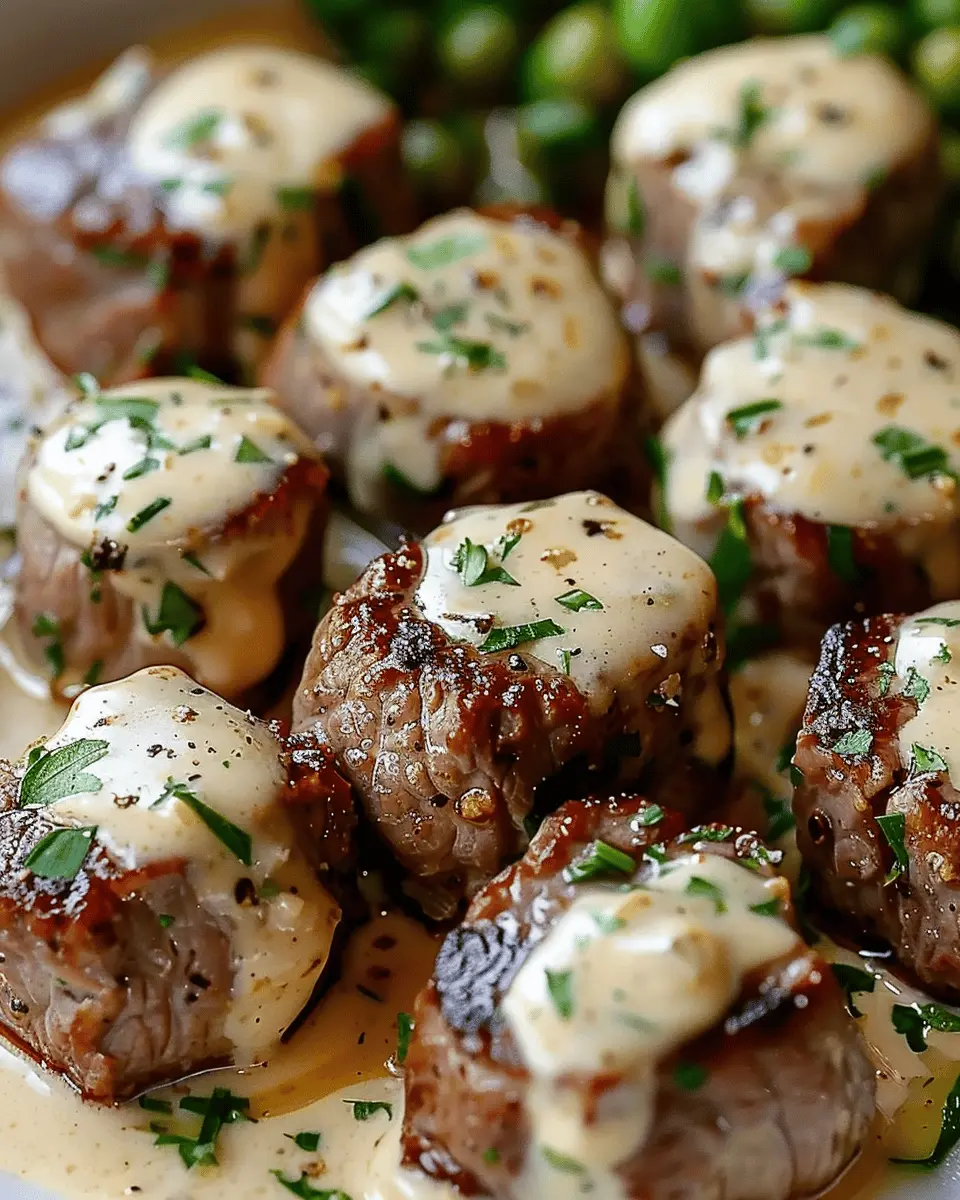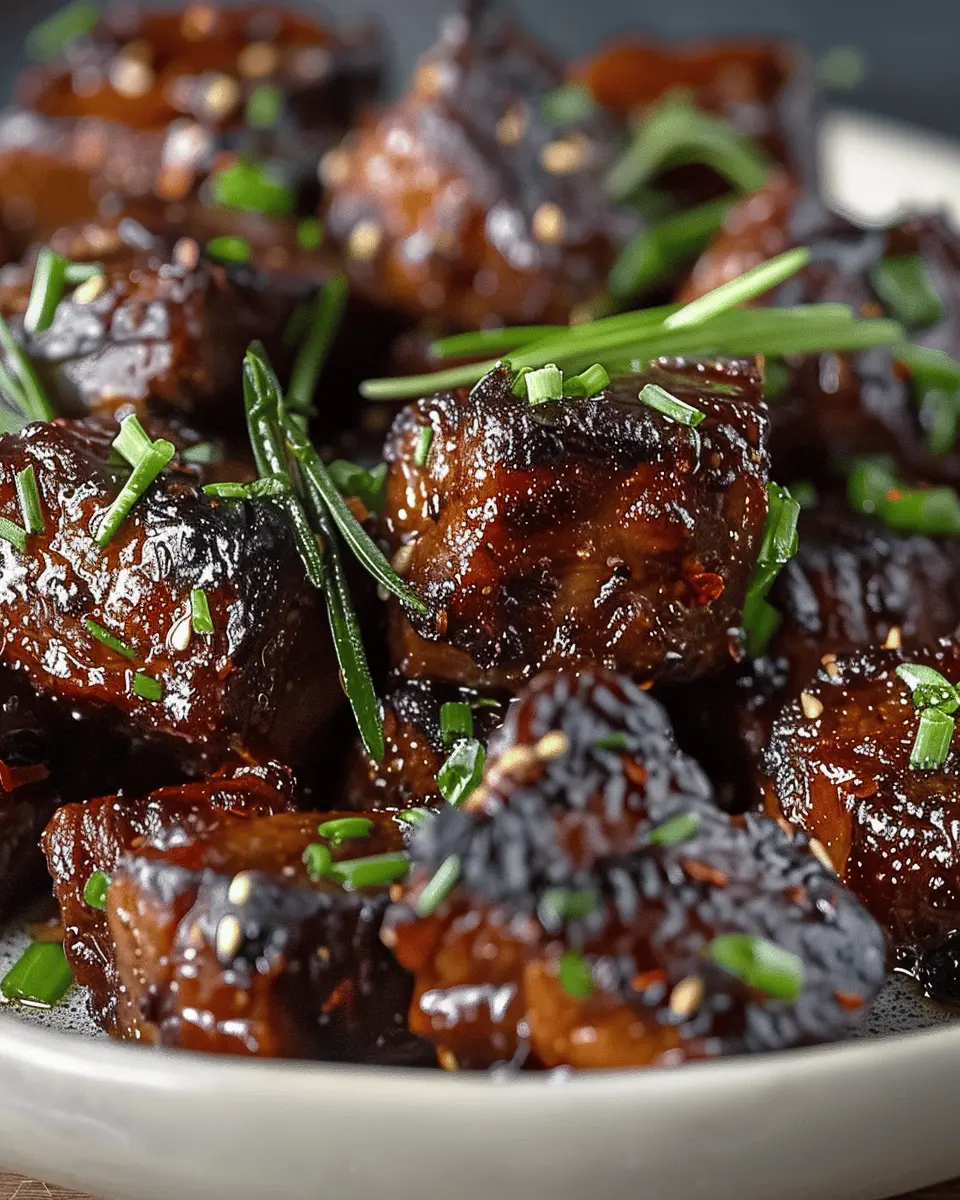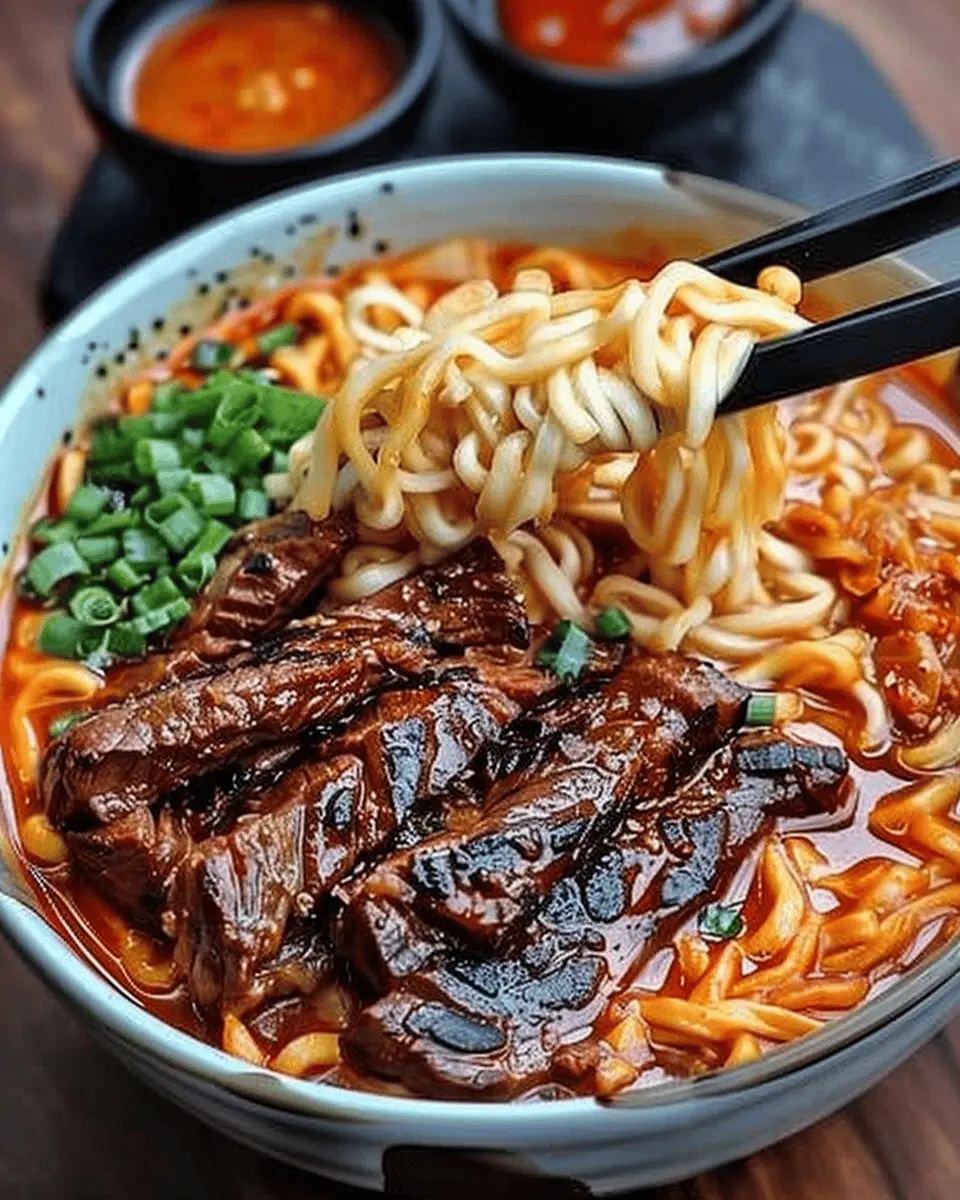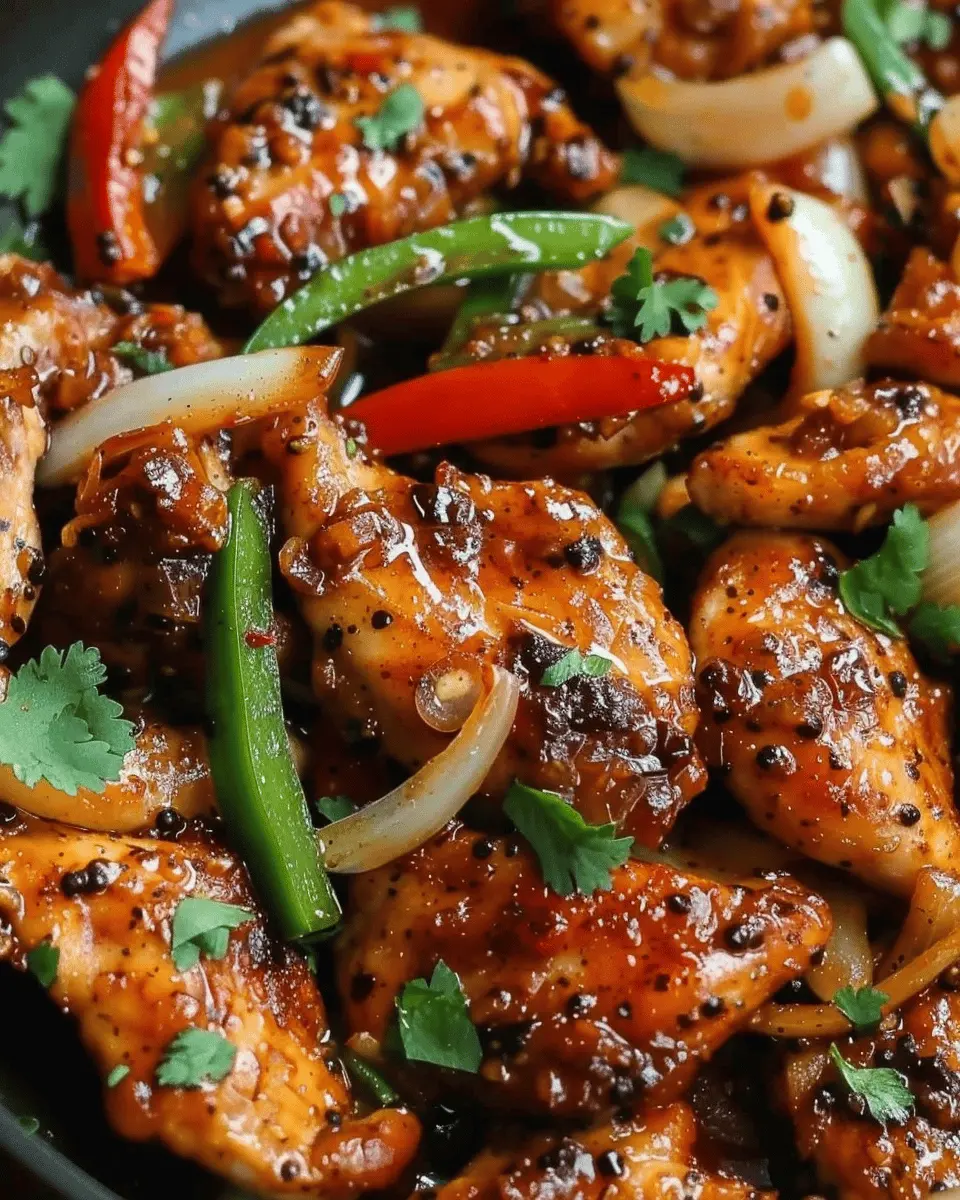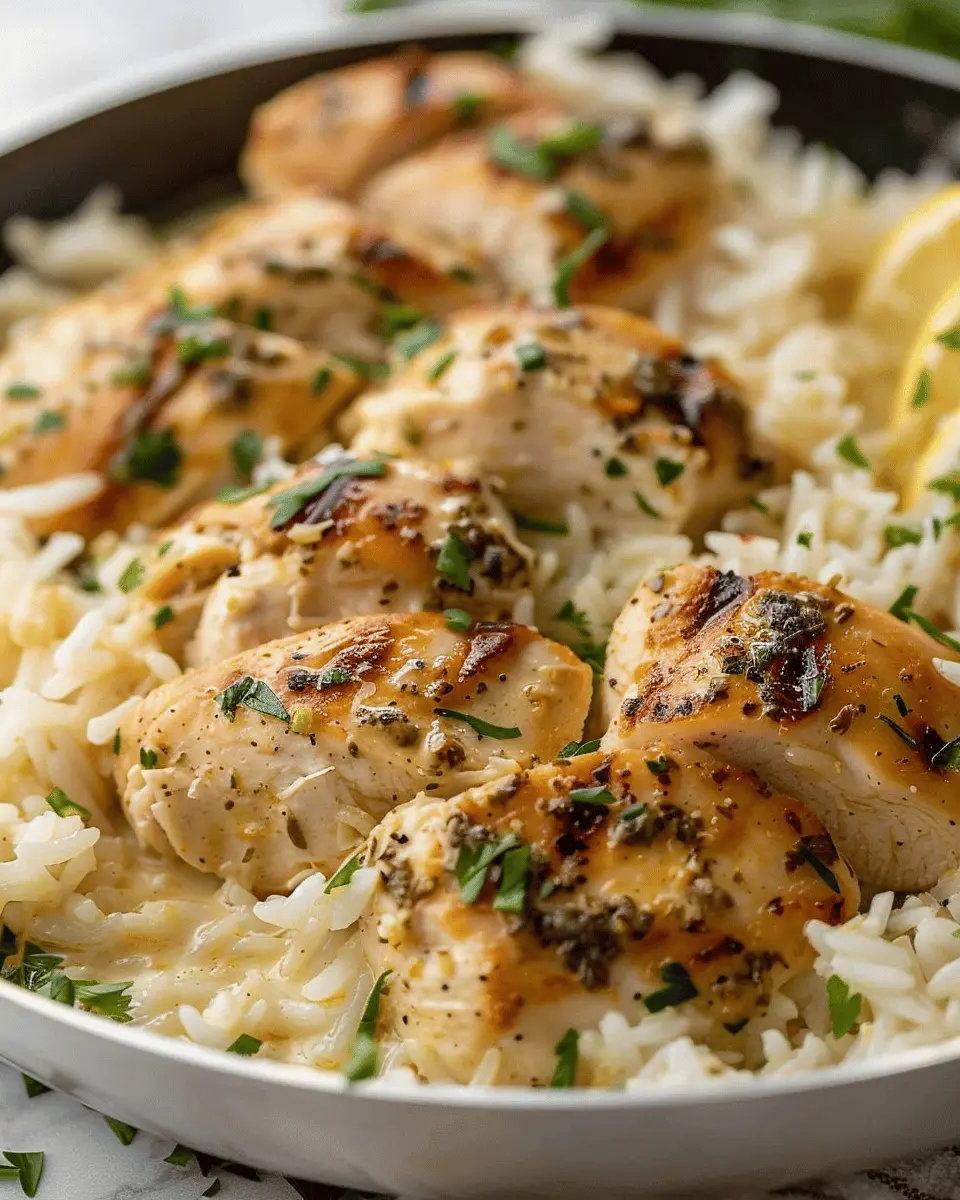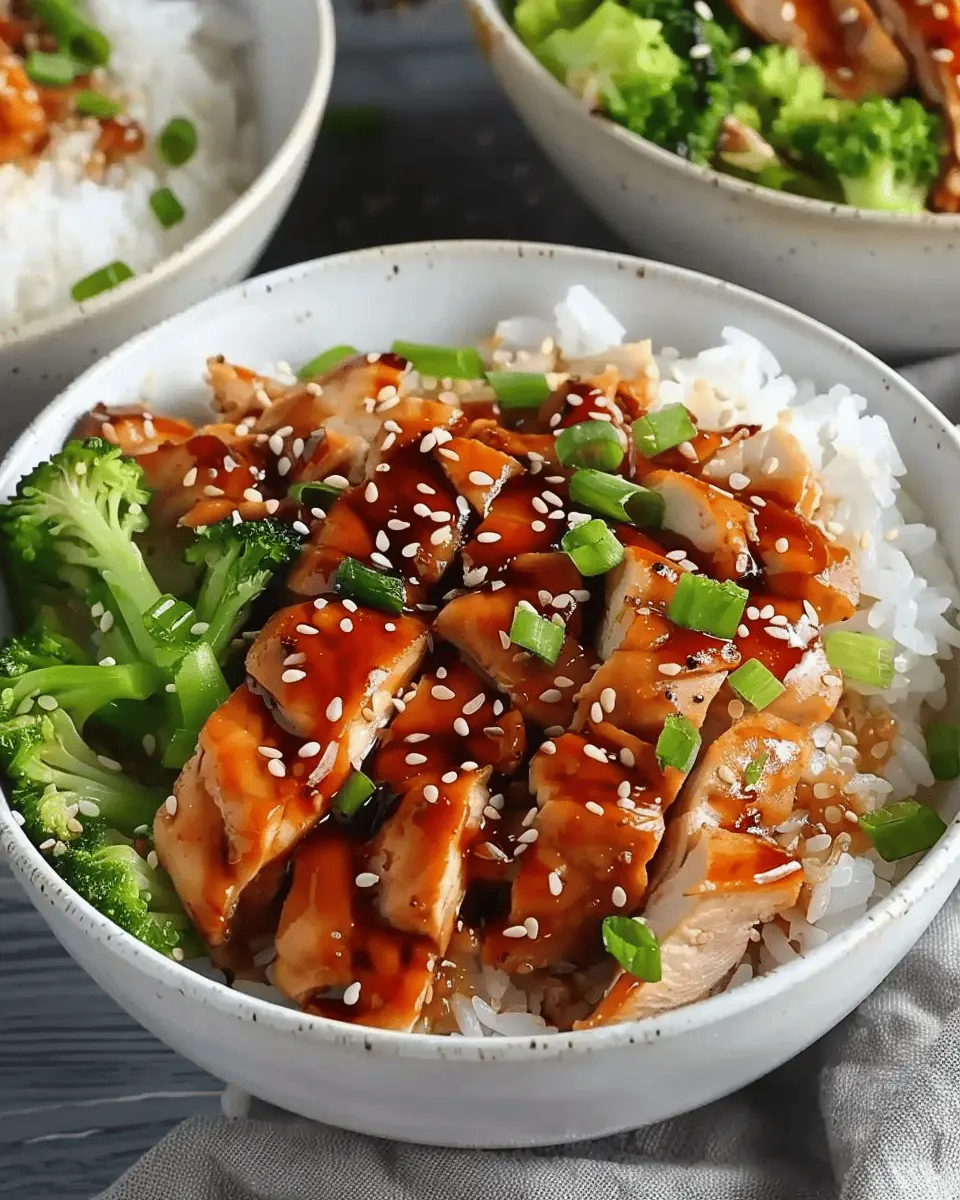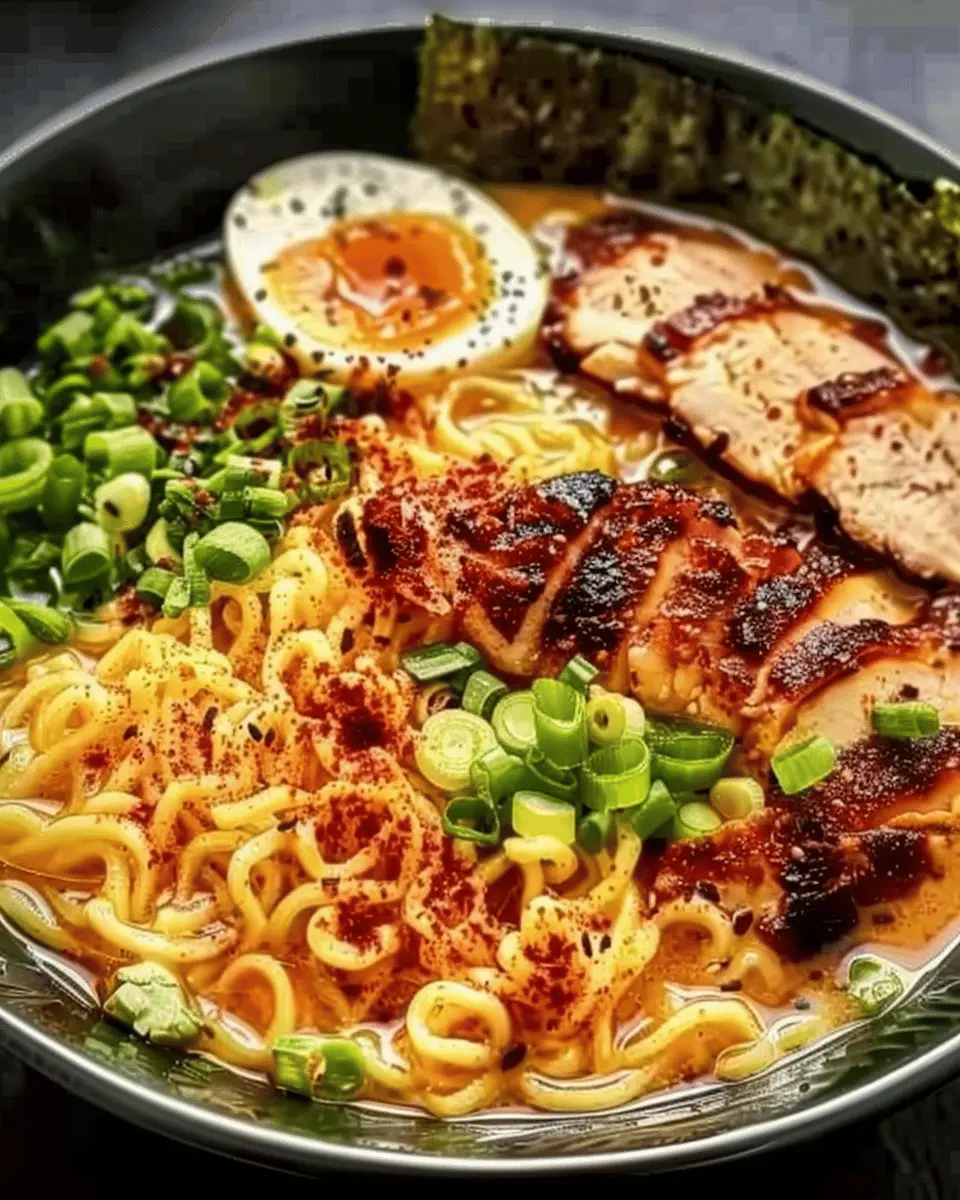Introduction to Butternut Squash Pasta
When you’re navigating the fast-paced life of a young professional, finding recipes that are both quick and nutritious can feel like a daunting task. Enter butternut squash pasta, a culinary marvel that marries convenience and flavor in a way that’s hard to resist.
Imagine this: a busy weeknight after a long day at work. You want something hearty, delicious, and healthy without spending hours in the kitchen. Butternut squash pasta comes to the rescue. This dish not only showcases the sweetness of butternut squash but also incorporates nutritious ingredients to keep you fueled for your busy lifestyle. According to the USDA, butternut squash is loaded with vitamins A and C, making it an excellent choice for anyone looking to amp up their diet.
Why Butternut Squash Pasta is a Game Changer for Young Professionals
-
Nutritious and Delicious: Butternut squash is not only tasty but also packed with essential nutrients. Research has shown that incorporating more vegetables into your diet can lead to improved energy levels and overall health.
-
Quick and Easy: Most recipes can be prepared in as little as 30 minutes. You can roast the squash while boiling the pasta, cutting your cooking time in half. This is a perfect solution for those evenings when you’re crunched for time but still want a home-cooked meal.
-
Versatile and Customizable: One of the best things about butternut squash pasta is its versatility. You can add seasonal ingredients from your local farmer’s market or top it with proteins like turkey bacon or chicken ham for added flavor and nutrition.
-
Affordable: Butternut squash is often affordable and available year-round. This means you not only save time in the kitchen but also by making a budget-friendly dinner.
If you’re looking for inspiration or variations, check out sites like Healthline for nutritious ideas or Epicurious for creative recipes.
Embracing butternut squash pasta is an easy way to elevate your weeknight meals. It’s wholesome, flavorful, and, most importantly, it fits into your busy life effortlessly. So let’s dive into how to prepare this delicious dish and make it a staple in your cooking repertoire!
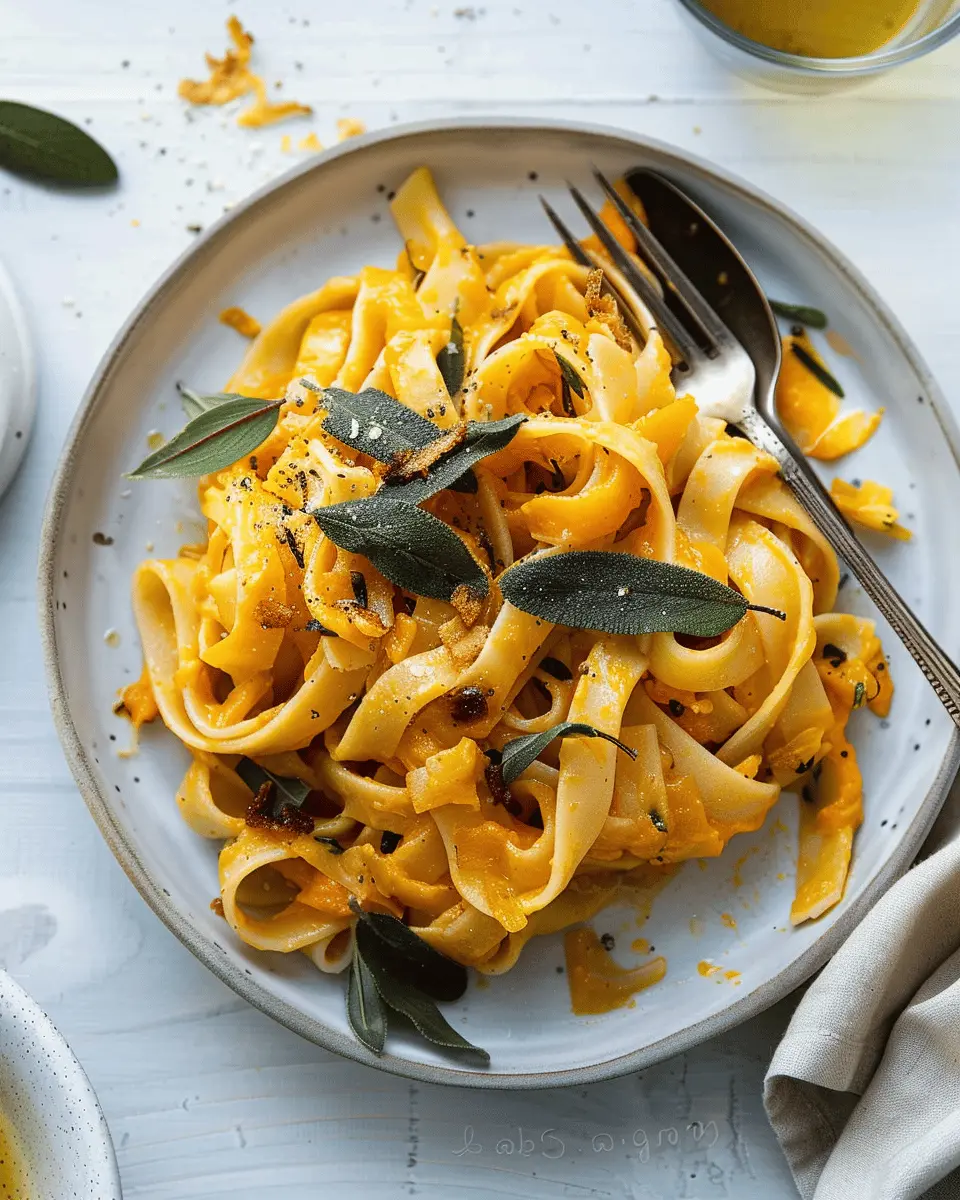
Ingredients for Butternut Squash Pasta
When you’re gearing up to make your delightful butternut squash pasta, having the right ingredients is essential to elevate the dish’s flavors and textures. Let’s break down what you need for this creamy, comforting meal.
Main Ingredients You’ll Need
- Butternut Squash: Fresh is best! A medium-sized squash yields about two cups when diced.
- Pasta: Choose your favorite; both fettuccine and penne work wonderfully.
- Butter: Use unsalted butter for browning, which adds that nutty flavor.
- Sage: Fresh sage leaves bring an aromatic touch; they’ll crisp beautifully when sautéed.
- Parmesan Cheese: Grate it fresh for that irresistible cheesy finish.
- Vegetable Broth: A great alternative to keep things moist while enhancing the flavor.
Optional Ingredients for Extra Flavor
If you want to take your butternut squash pasta up a notch, consider adding:
- Turkey Bacon: For a savory kick, opt for diced turkey bacon.
- Chicken Ham: This can add a unique flavor that complements the squash.
- A Pinch of Nutmeg: Just a sprinkle can infuse warmth into the dish.
- Crushed Red Pepper Flakes: For those who like a spicy hint.
Feeling inspired? Explore seasonal recipes that highlight fresh produce on sources like EatingWell. With these ingredients in hand, you’re ready to create a delicious meal that’s sure to impress!
Preparing Butternut Squash Pasta
Making butternut squash pasta can feel like a cozy hug in culinary form. Rich in flavor and packed with nutrients, this dish transforms humble ingredients into a delightful experience. Let’s dive into the preparation steps so you can serve up an unforgettable dinner!
Gather and Prepare Ingredients
To kick things off, gather your ingredients. Here’s what you’ll need:
- 1 medium butternut squash
- 12 oz of pasta (your choice, but I recommend penne or fettuccine for texture)
- 4 tablespoons unsalted butter
- A handful of fresh sage leaves
- Salt and pepper, to taste
- Freshly grated Parmesan cheese (optional, but highly recommended)
- 1 cup vegetable broth or chicken broth (for a richer flavor)
Having everything prepped and ready makes cooking smoother and so much more enjoyable. You’ll want to peel and dice the butternut squash into small cubes to ensure even roasting. While you’re at it, grab a great vegetable peeler and a sharp knife to make this task easier. If you’re looking for some tips on how to peel and cut squash, check out this guide from the Food Network.
Roast the Butternut Squash
Now, let’s get roasting! Roasting really brings out the natural sweetness in butternut squash. Preheat your oven to 400°F (200°C).
On a baking sheet, toss those diced squash cubes with a drizzle of olive oil, salt, and pepper. Spread them out to ensure they roast evenly. Roast for about 25-30 minutes, or until they’re tender and slightly caramelized. Flip halfway through for even browning.
The way the squash transforms in the oven is magic — it can make your kitchen smell amazing! You can check if it’s done by poking a piece with a fork; it should slide in easily.
Cook the Pasta
While the squash is roasting, it’s the perfect time to cook your pasta. Bring a large pot of salted water to a boil and cook your pasta according to the package directions, usually around 8-10 minutes for dried pasta. Reserve about 1 cup of pasta water before draining, as this starchy water can help adjust the sauce later.
Don’t forget to taste the pasta a minute before the time’s up to ensure it’s al dente — no one likes mushy noodles, right? If you’re looking for a low-carb alternative, consider using spiralized veggies instead.
Blend the Sauce
Once your squash is done, it’s time to blend everything into a creamy sauce. Combine the roasted butternut squash, a cup of vegetable (or chicken) broth, and salt and pepper in a blender or food processor. Blend on high until silky smooth. If it seems too thick, add a splash of that reserved pasta water until you reach the desired consistency.
This sauce is not just delicious; it’s nutritious too! Butternut squash is an excellent source of vitamins A and C, making this a healthy indulgence.
Combine and Serve
Finally, let’s bring this delicious butternut squash pasta dish together! In a large skillet, melt the unsalted butter over medium heat and add the fresh sage leaves. Allow the butter to brown slightly to develop that nutty flavor — this step is key for an authentic taste.
Add the drained pasta to the skillet, followed by the butternut squash sauce. Toss everything together, adding a bit more pasta water if necessary. Plate it up, and sprinkle with freshly grated Parmesan cheese and crispy sage leaves for garnish.
And there you have it! A delightful and hearty butternut squash pasta dish that’s sure to impress without keeping you stuck in the kitchen for hours. Bon appétit!
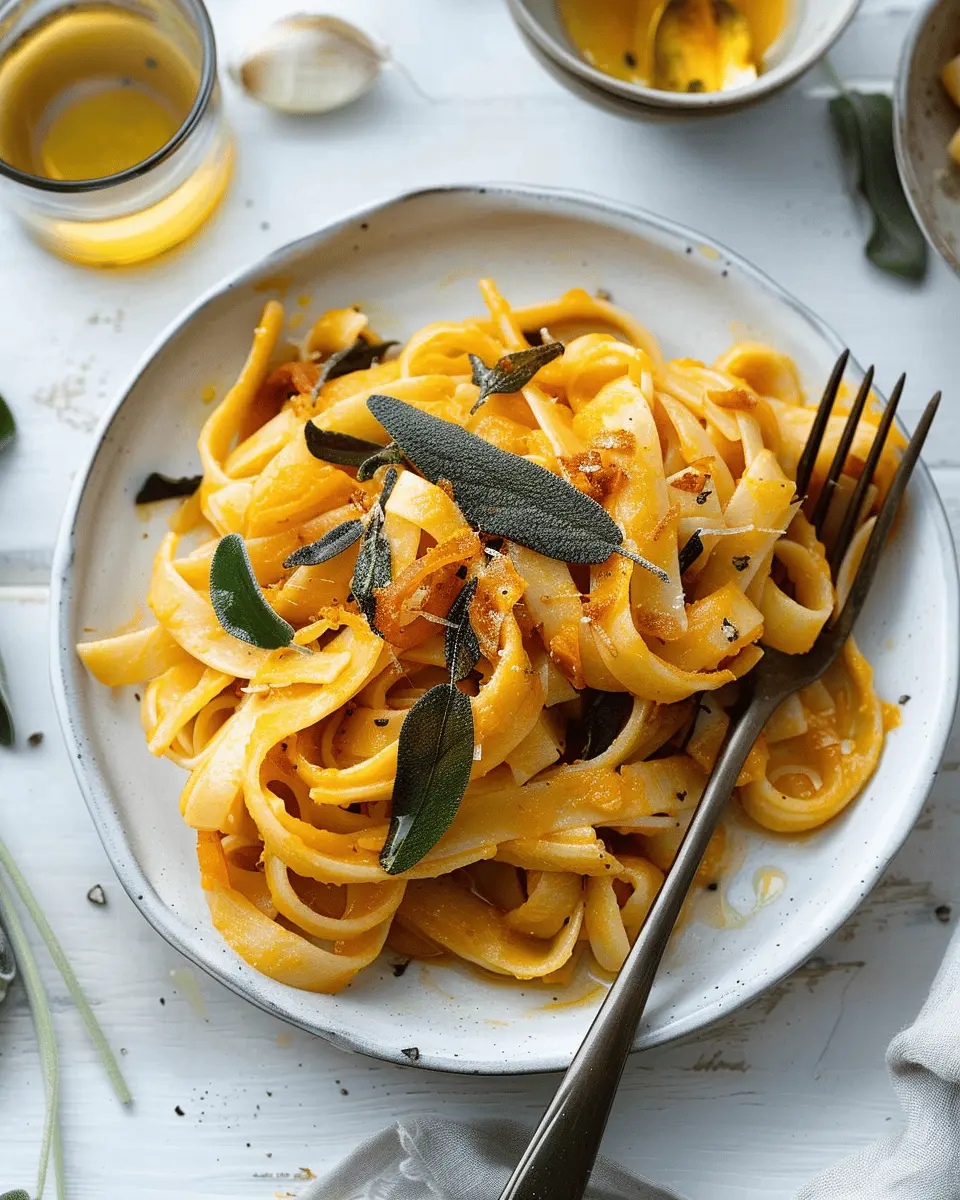
Variations on Butternut Squash Pasta
Butternut squash pasta is a delightful canvas, perfect for experimenting with flavors and ingredients! Here are some creative variations that can elevate your dish and keep your meals exciting.
Butternut Squash Pasta with Turkey Bacon
If you’re a fan of a savory crunch, incorporating turkey bacon is a game changer! The crispy texture and smoky flavor complement the creamy butternut squash puree beautifully. Just sauté some diced turkey bacon until crispy, then toss it into your pasta right before serving. This not only adds depth but also a protein kick. Consider pairing this with a drizzle of balsamic glaze for a tangy finish.
Butternut Squash Pasta Featuring Chicken Ham
Looking for a heartier option? Try adding chicken ham. Its mild flavor pairs seamlessly with the sweet notes of butternut squash, offering a satisfying blend of tastes. Simply slice and pan-sear the chicken ham until golden, then mix it into your pasta along with cooked sage. As a bonus, this variation is ideal for those who prefer a light yet flavorful touch to their pasta.
Vegan-Friendly Butternut Squash Pasta
For a tasty vegan-friendly twist, skip the meat and amp up the veggies! Consider roasted mushrooms or sautéed spinach for an earthy flavor. Nutritional yeast can replace cheese, giving your dish an umami punch without any animal products. You might also want to sprinkle some toasted pumpkin seeds on top for added crunch and nutrition. Check out recipes at Minimalist Baker for inspiration!
These variations on butternut squash pasta not only cater to different dietary preferences but also keep the dish fresh and exciting. Enjoy experimenting with flavors and make it your own!
Cooking Tips and Notes for Butternut Squash Pasta
How to Choose the Perfect Butternut Squash
Selecting butternut squash can make or break your dish. Look for a squash that’s firm, with smooth skin and a rich, even color. Avoid those with blemishes or soft spots—these may indicate overripeness. If you’re unfamiliar, comparing it to this guide on choosing squash might be helpful.
Recommended Tools for Efficiency
Cooking butternut squash pasta can be a delightful process, especially when you have the right tools. Here are some essentials:
- Sharp Chef’s Knife: To make slicing through the tough skin a breeze.
- Vegetable Peeler: A reliable peeler saves time and effort when prepping your squash.
- Baking Sheet: Opt for a rimmed one to catch any caramelized bits while roasting.
- Food Processor: Perfect for achieving that smooth pasta sauce.
Investing in good kitchen tools not only enhances your cooking experience but also makes meal prep much smoother. So, why not gather your tools and enjoy the process? Happy cooking!
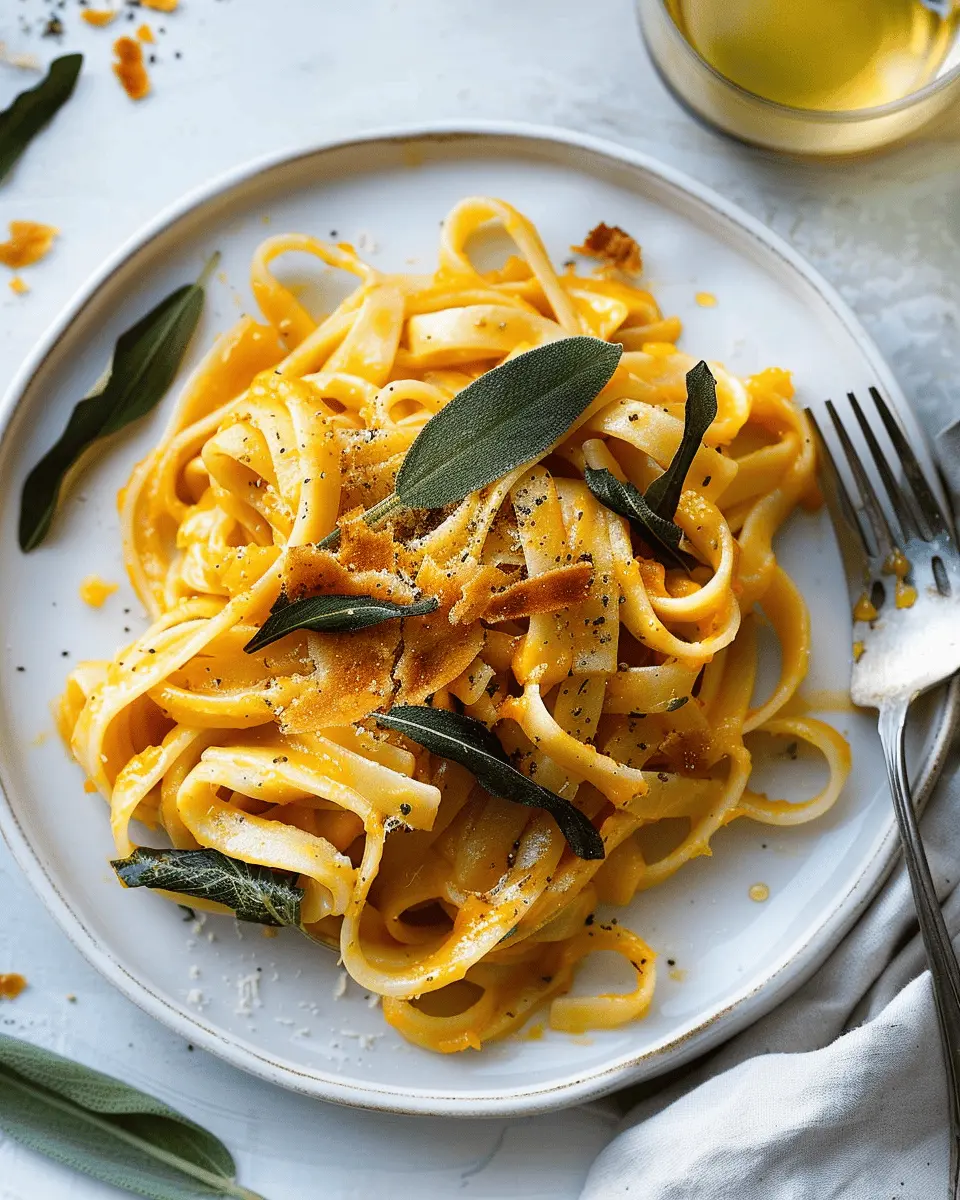
Serving Suggestions for Butternut Squash Pasta
Perfect Pairings: Salads and Sides
To complement your butternut squash pasta, consider serving a light arugula salad dressed with lemon vinaigrette. The peppery greens balance the rich sweetness of the squash beautifully. For a heartier side, roasted Brussels sprouts sprinkled with parmesan add a savory crunch. Curious about other options? Check out this healthy salad guide for inspiration on flavors and textures that will elevate your meal.
Plating Tips for Presentation
When it comes to presenting your butternut squash pasta, consider these simple yet effective plating tips:
- Use a Wide Bowl: It allows the vibrant colors to shine and makes for an eye-catching display.
- Garnish Wisely: A sprinkle of crispy sage and a drizzle of brown butter creates a stunning visual contrast.
- Add Texture: Toss in toasted pine nuts or walnuts for added crunch and appeal.
By following these suggestions, your dish will not only taste fantastic but also look like a masterpiece worthy of any dinner table. Happy cooking!
Time Breakdown for Making Butternut Squash Pasta
Preparation Time
Getting organized is half the battle! You’ll want to set aside about 15 minutes to prep your ingredients. This entails peeling and cubing the butternut squash, chopping the sage, and measuring everything out. A little elbow grease now means a smoother cooking experience later!
Cooking Time
Once everything’s prepped, expect around 30 minutes of cooking time. The fun part? Roasting the butternut squash until it’s caramelized to perfection and combining the flavors with crispy sage and rich brown butter.
Total Time
All in all, making this delightful butternut squash pasta will take you about 45 minutes. It’s a manageable time investment for a dish that’s not just delicious but also impressive enough for guests. Whether you’re hosting friends or enjoying a cozy night in, this dish is sure to shine! For more tips on cooking squash, check out resources from America’s Test Kitchen and Serious Eats.
Nutritional Facts for Butternut Squash Pasta
Calories per Serving
When diving into a plate of butternut squash pasta, you’ll find yourself enjoying a dish that typically contains around 300-400 calories per serving. This makes it a satisfying yet guilt-free option for lunch or dinner, allowing you to indulge without derailing your goals.
Nutritional Benefits of Butternut Squash
Butternut squash is not just delicious; it’s also packed with nutrients! It’s an excellent source of vitamins A and C, which support immune function and skin health. Plus, it’s rich in antioxidants, which help combat oxidative stress. For an in-depth look at its nutritional profile, check out Healthline.
Protein Content
While butternut squash pasta shines in flavor and health benefits, it’s light on protein, offering about 4-6 grams per serving. For a protein boost, consider adding grilled chicken ham or turkey bacon, which can enhance the dish while keeping it nutritious and satisfying.
With this information, you can make informed choices next time you’re in the kitchen. Enjoy the flavors and the health benefits that butternut squash pasta brings to your dining table!
FAQs about Butternut Squash Pasta
Can I make this dish gluten-free?
Absolutely! You can easily make butternut squash pasta gluten-free by substituting traditional pasta with alternatives like quinoa pasta or gluten-free penne. These options maintain a delightful texture and flavor while catering to gluten sensitivities. Just be sure to check the packaging for any cross-contamination warnings to ensure they’re safe for your needs.
How to store leftovers properly?
If you’re lucky enough to have leftovers from your butternut squash pasta, storing them correctly will keep them fresh and delicious. Here’s how:
- Cool Down: Allow the pasta to cool to room temperature before storing.
- Airtight Container: Place the pasta in an airtight container.
- Refrigerate: Store it in the fridge for up to 3-5 days.
When you’re ready to enjoy it again, simply reheat it on the stove with a splash of water or broth to revive the sauce’s creaminess.
Can I freeze butternut squash pasta?
Yes, you can freeze extra portions of butternut squash pasta! Freezing is a great way to extend its shelf life. Here’s how to do it:
- Prepare for Freezing: Let the pasta cool down completely.
- Portion It Out: Divide it into individual servings or one larger portion, depending on your needs.
- Use Freezer Bags: Place the pasta in resealable freezer bags, removing as much air as possible to prevent freezer burn.
For best results, consume your frozen pasta within 1-2 months. When you’re ready to enjoy it, simply thaw in the fridge overnight and reheat on the stovetop or microwave.
For more tips on food storage, check out resources from the USDA Food Safety website.
Conclusion on Butternut Squash Pasta
Why You Should Try Making This Dish Tonight!
If you’re looking for a simple and delightful dinner option, butternut squash pasta is the perfect choice. Not only is it a hearty meal that beautifully balances flavors, but it also showcases seasonal produce. The creamy sauce combined with the nutty essence of brown butter and the crispiness of sautéed sage creates an inviting aroma that will have your taste buds singing.
Cooking at home saves money and allows you to experiment with trending recipes. So tonight, why not swap takeout for a cozy evening in? Grab your ingredients, and savor every bite of a dish that’s as rewarding to prepare as it is to enjoy. Check out this guide for tips on perfecting your butternut squash skills!
PrintButternut Squash Pasta with Brown Butter and Crispy Sage Delight
This delightful Butternut Squash Pasta features rich brown butter and crispy sage for a warm, comforting dish.
- Prep Time: 15 minutes
- Cook Time: 20 minutes
- Total Time: 35 minutes
- Yield: 4 servings 1x
- Category: Pasta
- Method: Boiling, Sautéing
- Cuisine: Italian
- Diet: Vegetarian
Ingredients
- 12 ounces pasta of choice
- 1 medium butternut squash, peeled and cubed
- 4 tablespoons unsalted butter
- 6–8 fresh sage leaves
- Salt to taste
- Black pepper to taste
- 1/2 cup grated Parmesan cheese
Instructions
- Boil a large pot of salted water and cook the pasta according to package instructions.
- In a separate pan, melt the butter over medium heat until it begins to brown.
- Add the sage leaves to the butter and cook until crispy.
- In a large bowl, combine the cooked pasta and butternut squash.
- Pour the brown butter and sage over the pasta and toss to combine.
- Season with salt and black pepper, then stir in the Parmesan cheese.
Notes
- For extra flavor, consider adding garlic sautéed with the butter.
- Adjust the cheese to your preference.
Nutrition
- Serving Size: 1 bowl
- Calories: 400
- Sugar: 3g
- Sodium: 200mg
- Fat: 20g
- Saturated Fat: 10g
- Unsaturated Fat: 8g
- Trans Fat: 0g
- Carbohydrates: 45g
- Fiber: 5g
- Protein: 12g
- Cholesterol: 30mg
Keywords: Butternut Squash Pasta, Brown Butter, Crispy Sage


